The piano might be one of the easiest instruments to learn, but learning how to sing and play piano at the same time can be a really difficult experience even for seasoned musicians. In particular, students who’ve had an extensive music-reading background on the piano often find it especially difficult to transition from playing the material they read off the page to singing while playing the keys. In this article, we’ll give you some helpful tips on how to sing and play piano at the same time. You’ll need to know basic rhythm reading skills to get the most out of this article.
Keep it simple (for now)

If you want to master the skill to sing and play piano at the same time, it’s essential that you start by choosing simple chords or even single notes to play on the piano. This material should be played at a slow and steady pace. We’ll start by giving you an exercise that has you playing and singing a single note with your left hand in unison. If you know you’re at a more advanced level than this, feel free to skip this part and check out the second half of the article.
Sing the note name “C” four times and then sing “F” four times. The rhythm you’ll sing and play here is simple quarter notes in a 4/4 time signature.

Once you’ve mastered singing and playing a single note, replace the single notes with C and F major chords. Continue to sing the same note names.

Developing independence between your voice and hands
So far, the exercises we’ve shown you have developed your skills of singing and playing in unison. These exercises are designed to introduce and develop the skill of independence between your voice and hands.
Sticking with the same C and F from the previous exercise, play C and F major chords in one hand with half notes while singing the chord names in quarter notes. Feel free to experiment with different combinations of rhythms to sing and play with when you feel ready.

Now that you’ve worked on creating independence between your voice and hands we can add an actual vocal melody into the exercise. Singing over the same C and F major chords, you’ll now sing a simple 4-note melody. For these notes you can sing “Do-Re-Mi-Re” or any other syllables you prefer. Feel free to experiment as you gain confidence.
Vocal Melody (played over C and F major chords):

Once you’ve mastered these exercises, take some time experimenting with different chords, melodies, and rhythms.
Branch out to singing over separate parts between the left and right hand
If you’ve played piano for a while we don’t need to tell you that the left and right hands usually play separate, independent parts. This can make learning how to sing and play piano at the same time a challenge. Like with the unison exercises, it’s best to start by playing simple chords and melodies and add on more complex material as you progress.
The left and right hands are typically responsible for doing different jobs when it comes to playing the piano. The left hand is usually responsible for providing bass notes, melodies, and sometimes full chords. The right hand normally plays chords and melodies.
This exercise has your left hand playing root bass notes while the right hand plays full C and F major chords. This example is played in unison, but take some time trying out different rhythms.

Our last exercise has your left hand playing root and 3rd bass notes with simple major chords with your right hand. Experiment with singing and playing the same chords with different basslines.

Choosing a song to sing and play
If you’ve mastered these exercises, it’s time to think about what sort of song you’d like to sing and play. Even if you’re an advanced player, it’s a good idea to look for a song that features simple chords played at a moderate pace. Coldplay’s piano ballad “The Scientist” is a great choice because it’s an easy introduction to singing over independent parts in the left and right hands. The right hand plays simple chords while the left hand plays bass notes set to a syncopated rhythm.
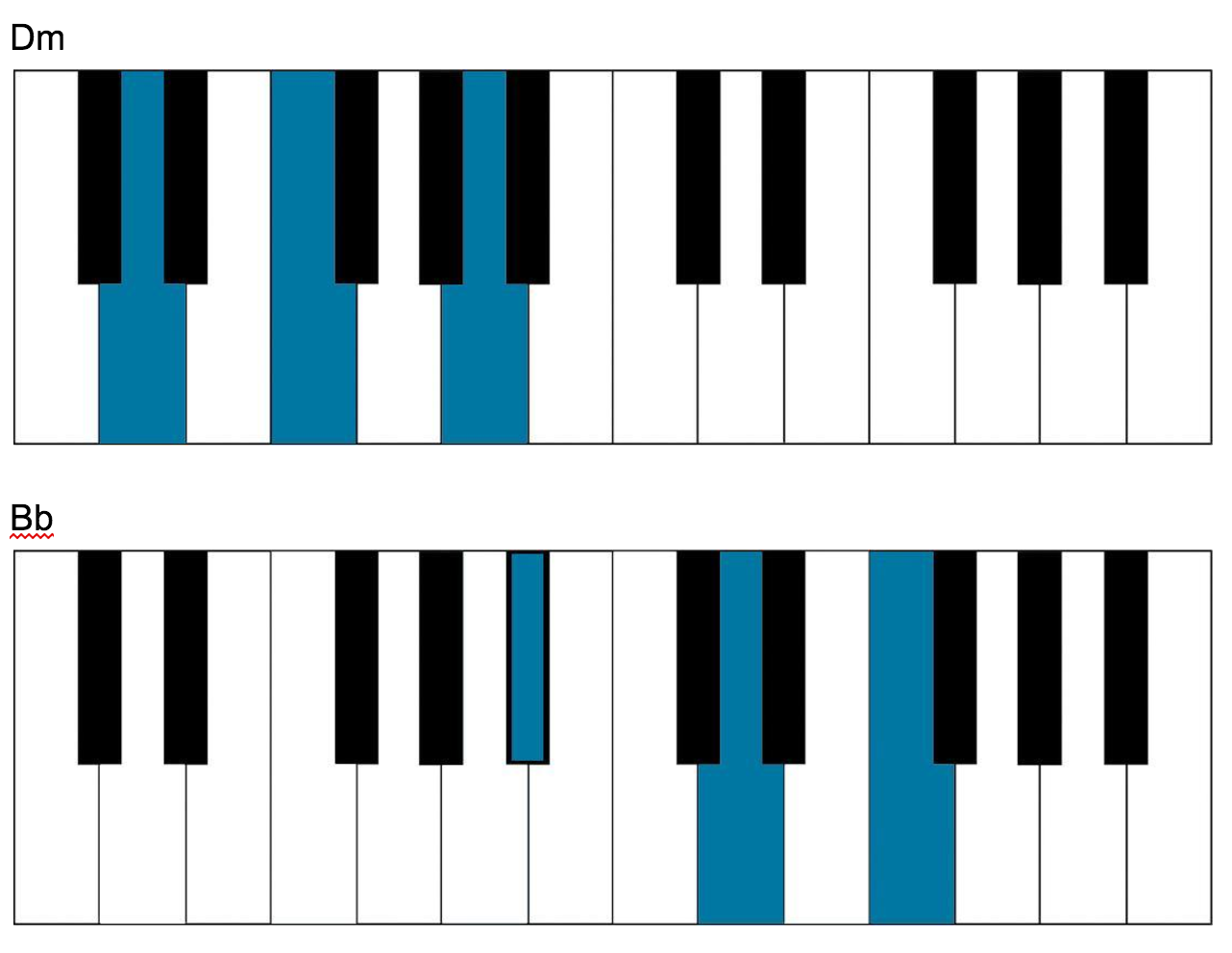
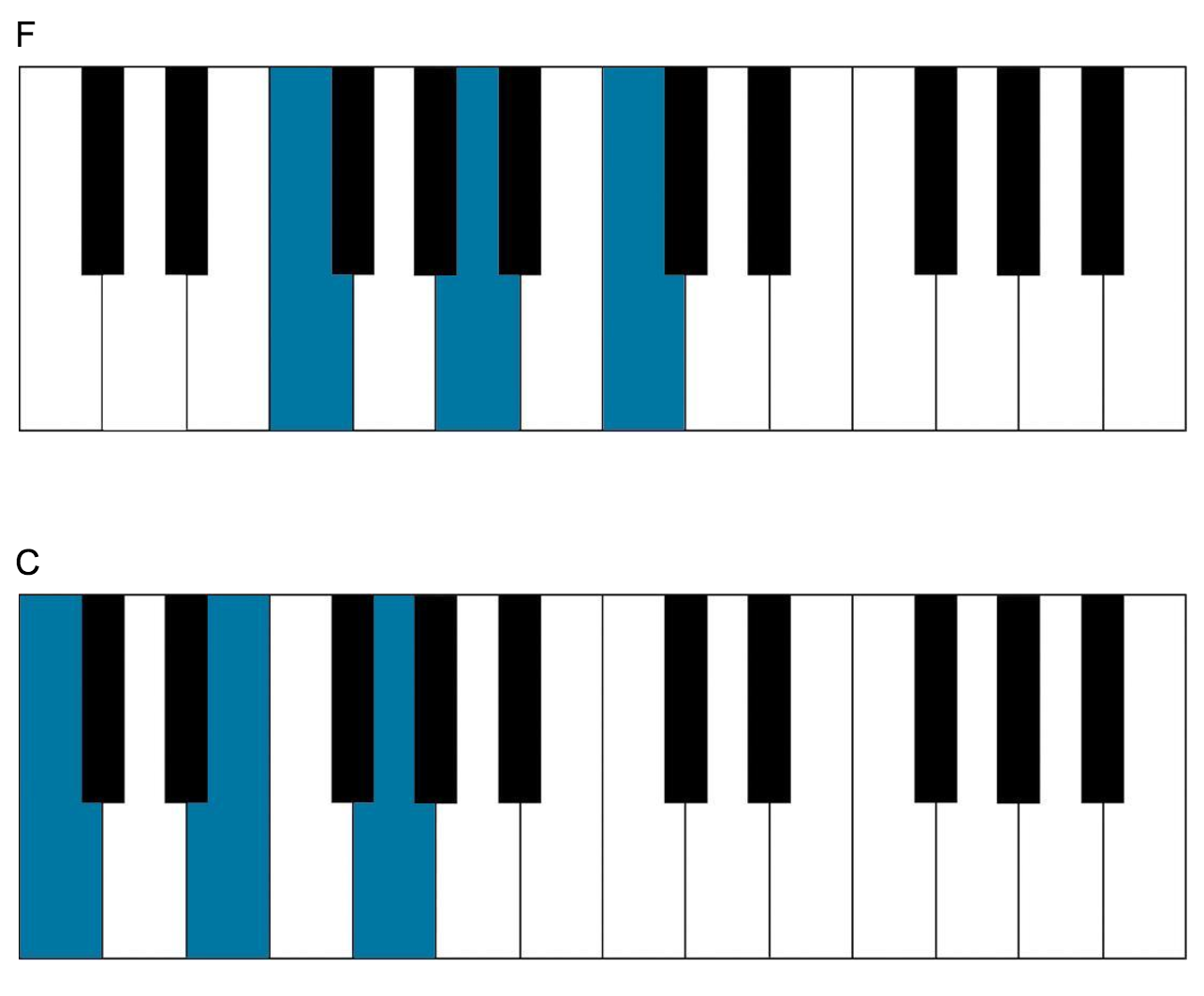
[Intro]
Dm Bb F C x2
Dm Bb F C
Come up to meet you, tell you I’m sorry, you don’t know how lovely you are
Dm Bb F C
I had to find you, tell you I need you, tell you I’ll set you apart
Dm Bb F C
Tell me your secrets and ask me your questions, oh let’s go back to the start
Dm Bb F C
Running in circles, coming up tails, heads on a silence apart
Bb
Nobody said it was easy
F C
It’s such a shame for us to part
Bb
Nobody said it was be easy
F C C
No one ever said it would be this hard
F Bb F
Oh, take me back to the start
Dm Bb F C
Dm Bb F C
I was just guessing at numbers and figures, pulling the puzzles apart
Dm Bb F C
Questions of science, science and progress, do not speak as loud as my heart
Dm Bb F C
Tell me you love me, come back and haunt me, oh and i rush to the start
Dm Bb F C
Running in circles, chasing our tails, Coming back as we are
Bb
Nobody said it was easy
F C
It’s such a shame for us to part
Bb
Nobody said it was easy
F C C
No one ever said it would be so hard
F Bb F
I’m going back to the start
Dm Bb F C
(4X oh oh oh oh)
Learning how to sing and play piano at the same time can be really hard at first, but you’ll make huge gains if you take the time to practice. If you feel like you need extra help, working with an experienced teacher that shares your values and interest in music can get you to where you want to be when it comes to singing and playing the piano.
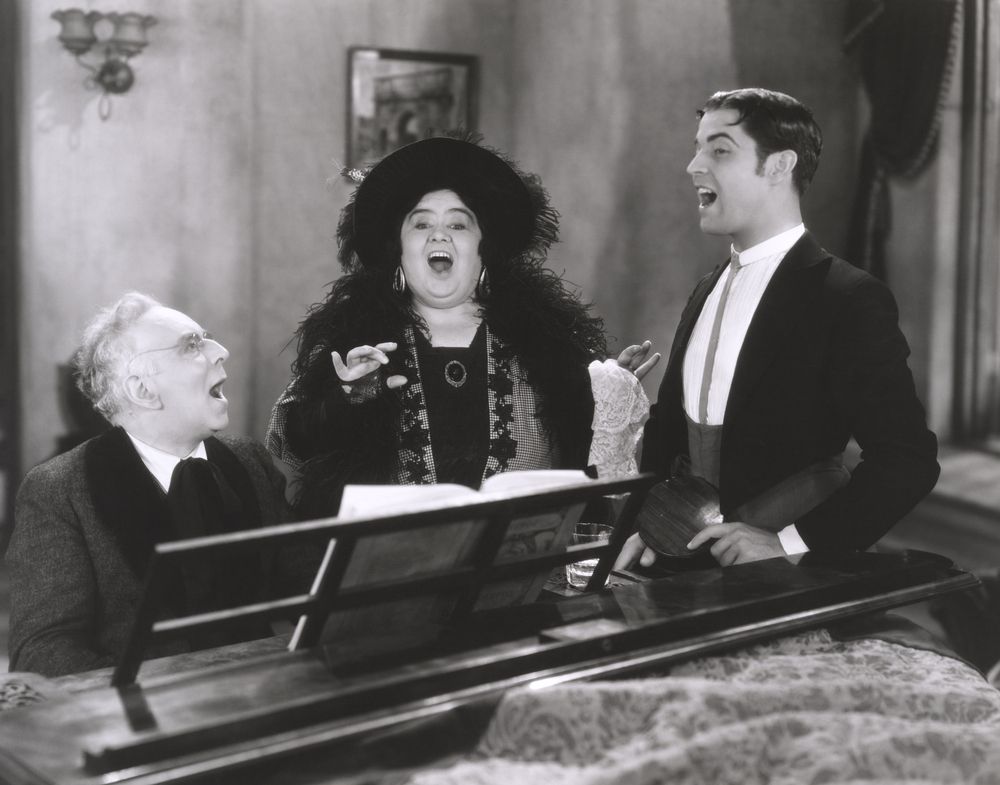


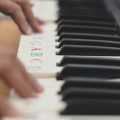


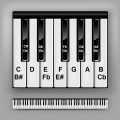
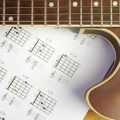

I have recently started learning the piano. I love music and started to take my friend s also. Some times we all friends enjoy the music. Keep sharing, such wonderful Information.
thank you for this article this helps me a lot